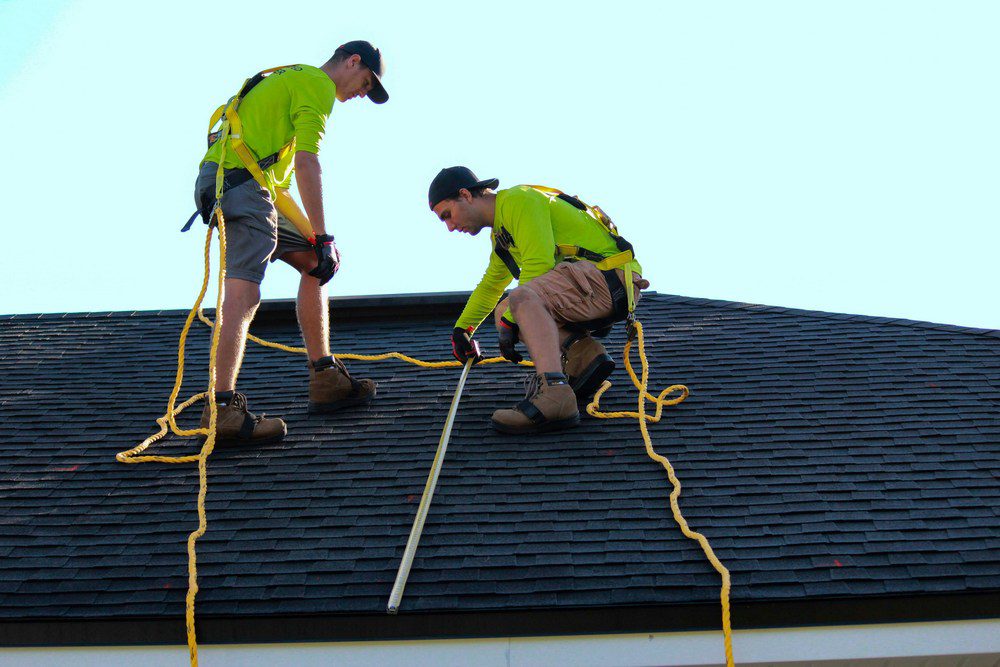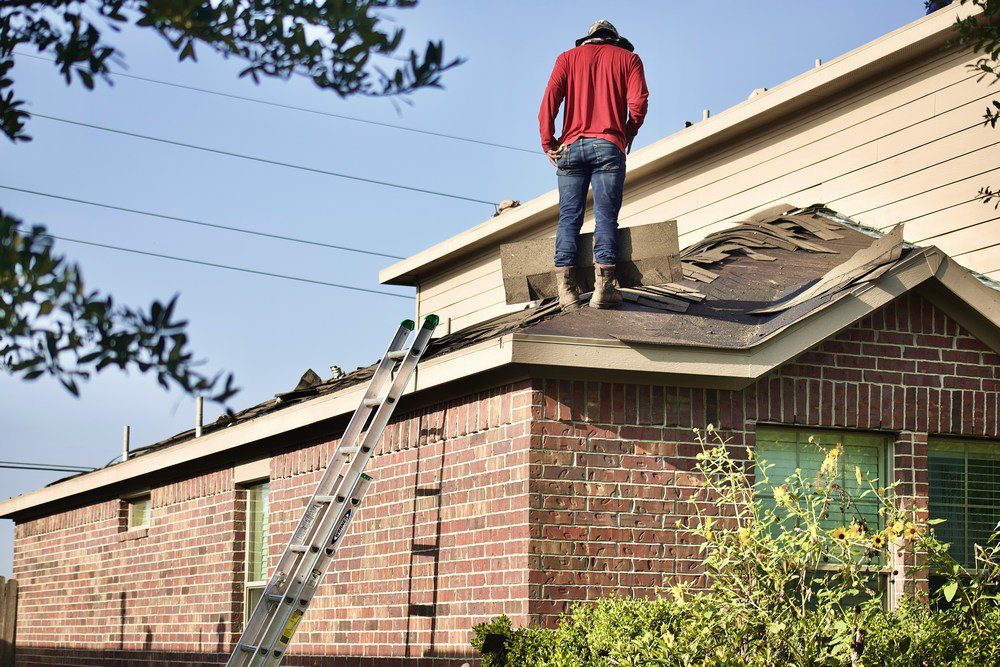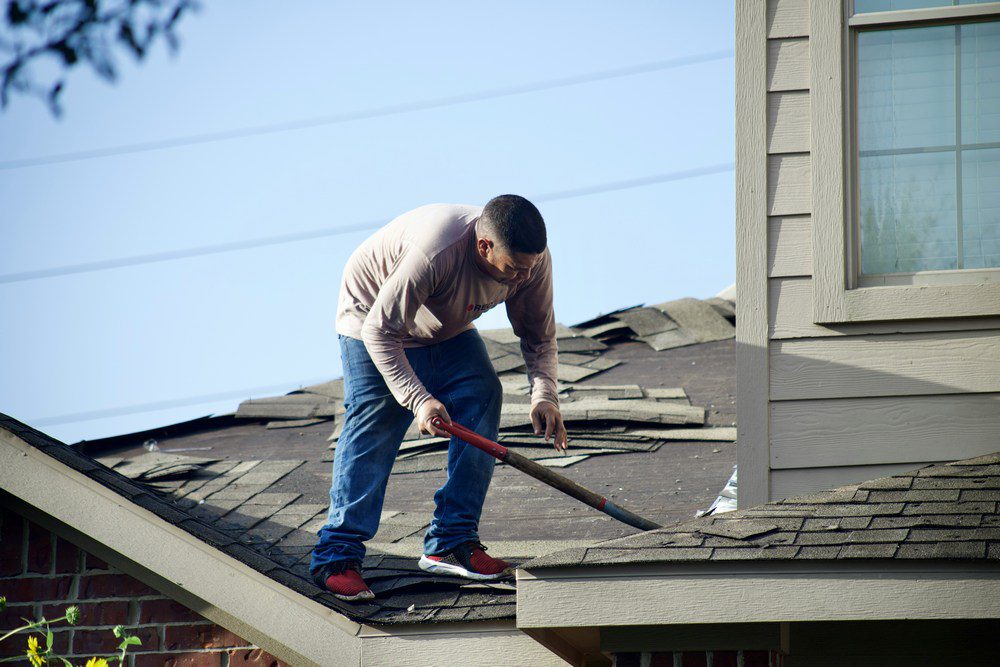Roofs offer various benefits for our home, including enhancing energy efficiency, protecting exterior and interior elements, improving curb appeal, protecting air quality, and boosting the value of the house.
Contents
Smart Spending: Budgeting Essentials for Your New Roof
When budgeting for a new home, there are various things you need to know and consider. Knowing these things will allow you to prepare for the upcoming expenses. This blog will explore what you need to know about budgeting for a new roof.
Inspect Your Roof
A roof inspection lets you get comprehensive details about possible repairs or replacements. If conducted, you will be provided with the required details to make your budget properly. Utilizing the services of technicians ensures they examine every possible aspect, such as vents, flashing, and roof decking while taking pictures of damaged areas.
Additionally, they can offer an estimated timeline before the damaged areas worsen. With this, you can accurately budget and prepare instead of being surprised by an emergency.
Get An Estimate
Always ask for an estimate. If you intend to get a new shingle, you must know how much does a new shingle roof cost. An estimate offers insight into the materials used, work scope, and predicted labor hours. Consider getting a minimum of five estimates before you commit. With multiple estimates, you can compare the price and the materials proposed.
There are other variables that might also affect the budget. After getting an estimate, don’t choose a roofing contractor or a company based on their price. Instead, compare other areas, such as warranty details, reviews, insurance status, licensing, experience, and communication level.
Roof Complexity and Size
The complexity and size of your roof also have an important role in budgeting and the cost of changing your roof. Larger roofs require more labor and materials, which increase your expenses and budget. Additionally, there are other factors, such as the number of valleys and peaks, roof pitch, and chimneys or skylight presence, that could add complexity to the installation of a new roof.
All these processes can potentially increase the cost of roof replacement. For example, steep roofs can cost more for two reasons. Based on your home’s size, you might require more steepness and, thus, more materials. Secondly, the steeper a roof is, the higher the cost of labor you pay since it is quite dangerous to work on, requiring more safety precautions from the roofer or contractor.
Review the Materials Used
Always research the materials you intend to use beforehand. Asphalt shingle roofs are cheap, but there are other alternatives, such as metals, concrete, and wood. There are also other alternatives with a higher price, such as tile asphalt, copper, and slate.
These roofs offer excellent energy efficiency, are storm resilient, and have longer lifespans. It is crucial you know the cost difference and the long-term benefits or disadvantages around durability, energy saving, repairs, and maintenance. Considering these factors allows you to make a realistic budget when you intend to get a quote.
Consider Labor Cost
The cost of labor for installing a new roof usually varies based on several factors, such as market demands, contractor or roofer expertise, and location. It’s important to get several quotes on the cost of labor from different roofing contractors or roofers. This ensures you get a fair price for the work you intend to do.
However, note that sometimes, the closest bid might be appealing, but always prioritize reliability and quality to ensure you don’t have any future problems. Finally, you must also consider the removal of existing roofs.
These need to be removed before new ones can be installed. The removal cost can vary based on factors like the roof accessibility, the number of layers, and the type of roof material to be removed. Ensure you add the cost of removing your roof when budgeting for a new one. 
Consider Overlay
Overlays are fast and budget-friendly roof replacement options where professional roofers place new shingles over old ones. For many, this option is cost-effective as it gives the roof a facelift while also costing less than a full replacement since it doesn’t need much labor and material.
Roof overlays save money when done cautiously and correctly. This option is best suited for roofs that don’t leak or rot and without structural damage. However, it is crucial you discuss with an experienced roofer the feasibility of a roof overlay so you don’t run into problems in the future.
Consider Warranty and Insurance
Usually, many homeowner insurance policies can cover roof damage if it isn’t related to negligence, such as lack of maintenance. For example, if a storm destroys your roof and warrants replacements, your insurance can cover a part or whole of the replacement bill. However, you must consult with your insurance provider to know the amount they can cover.
Always get the full details on the warranty when you intend to get an estimate for a new roof. Shingle roofing manufacturers usually offer a minimum of 30 years of material warranty. Additionally, top roofing companies also offer guarantees on their workmanship for about ten years after installation.
Additional Features
Based on your unique needs and preferences, you might choose to add upgrades or features to the new roof. These added features and upgrades can be energy efficiency materials, ventilations systems, or enhanced insulations. These upgrades also increase the cost of the roof, but they offer long term savings via reduced need for maintenance and enhanced energy efficiency. 
Save For The New Roof
If you do not need to roof your house immediately, it is essential that you save money over time after you get the estimates. Financial advisors usually recommend individuals save about 1% of their home value every year for a new roof repair.
However, this can be quite unrealistic in most cases. Instead, save as much as you can every month, even small amounts. Review your finances and reduce unnecessary expenses and other things that can hinder your ability to save for a new roof.
Endnote
Changing your home roof is a big investment and by ensuring you understand the factors influencing costs, you can have a smooth process. In budgeting for a new roof, make a budget that aligns with your financial situation. If possible you can consider other financial options and make plans for unexpected expenses.




